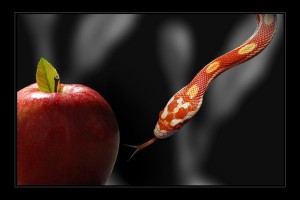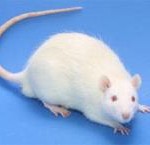 Hi All. I just got back from a week in the French Alps. I know: poor me. But I spent the first day trying to snow-board, and fell on my ass with bone-jarring impact about once a minute. And I thought I was past the suicidal thing…
Hi All. I just got back from a week in the French Alps. I know: poor me. But I spent the first day trying to snow-board, and fell on my ass with bone-jarring impact about once a minute. And I thought I was past the suicidal thing…
But while I was away, my US publicist sent me the link to a New York Post article, for which I was interviewed by phone in depth the week before. Most newspaper and magazine coverage of the book has been pretty good, despite various factual errors. But this article had some of my words and convictions turned completely upside down. For example:
Along with many other leaders in the field, Lewis believes that the recovery model needs an overhaul, that addiction should be treated as manageable disease, akin to HIV, rather than a curable one.
I don’t think of addiction as a disease at all. Sure, the disease metaphor resonates with aspects of addiction. But whenever I’m asked (as I was this time), I describe addiction as a form of learning. It’s a kind of learning that’s vastly accelerated and self-reinforcing. But it’s not a disease. And I would never, in my wildest dreams, compare addiction to HIV — there is NO VIRUS at work here.
But I don’t blame this columnist for trying to fit addiction into a familiar mould. The gist of her article was about inadequacies in the 12-step approach, and we were in synch on many points. In fact, her aim was to find a simple answer to a complex question. What the hell is addiction and how do we “cure” it?
My book and my other writings highlight the commonalities among addictions and among addicts. I emphasize a “common pathway” of addiction in the neurochemistry of dopamine, the role of the ventral striatum in craving, and the sculpting of synaptic pathways (in the orbitofrontal cortex) that imbue drug, drink, or whatever it is with value. Other neuroscientists also believe in a common pathway for all addictions. Along with ego fatigue, and a few other well-documented findings, these neuropsychological realities reveal something universal about addiction. So a lot of my message is that we share the same brain — with its characteristic frailties — and when we fall, we fall down the same rabbit hole, and share the same challenges when we try to climb out.
And yet…what I have learned, not only from the addiction literature but from you, dear readers, is that people recover in vastly different ways.
First come the statistics. About 5% of alcoholics stop for good on their own every year (see this opinionated but fascinating review). The rate of spontaneous recovery appears to be far higher for narcotics addicts (see the recent book by Gene Heyman. Though I disagree with some of Heyman’s arguments, his statistics on spontaneous recovery are informative.) Second, harm reduction really works: many people don’t stop using but they slow down or clean up enough to stop destroying themselves — another natural process of healing. Third, comments on this blog clearly demonstrate that, as difficult as it is to ignore craving, many of us manage to resist it or outsmart it until it becomes manageable, on our own, or with friends, or with family, or with our partners, or in the care of recovery programs (12-step based or not), or in therapeutic communities, or with private therapists, or, or, or…
I’m continuously blown away by how much diversity there is in how people get by and get out.
So what do I tell journalists who want to know the answer ? Yes, brain characteristics are fundamentally relevant to the addiction process. Yes, finding a “common pathway” in the neuroscience of addiction is critical, both for addicts and for those involved in helping them. But no, there is no common pathway to recovery. Some of us take comfort in following rules. Others abhor them. Some of us need to feel cared for before we can stop. Others need to feel more independent. And there are all those shades of grey, those mixtures and variants, among them. We are each individuals, with unique experiences, capacities, affinities, and aversions, and our creativity is probably the most important element in our recovery.
That doesn’t sound at all like a disease.



 There were a lot of comments on my last post. Any of us who have been there know about the pivot point, and some readers felt that this was a critical moment, a key to the whole cycle of addiction and readdiction. I gave it a name, ego fatigue, from the psychological literature. And I promised another few posts to explore this topic more deeply. So while I’m working on those posts, trying to incorporate all the articles Alese keeps sending me, I thought I’d fill the gap with a couple of pages from my book.
There were a lot of comments on my last post. Any of us who have been there know about the pivot point, and some readers felt that this was a critical moment, a key to the whole cycle of addiction and readdiction. I gave it a name, ego fatigue, from the psychological literature. And I promised another few posts to explore this topic more deeply. So while I’m working on those posts, trying to incorporate all the articles Alese keeps sending me, I thought I’d fill the gap with a couple of pages from my book.